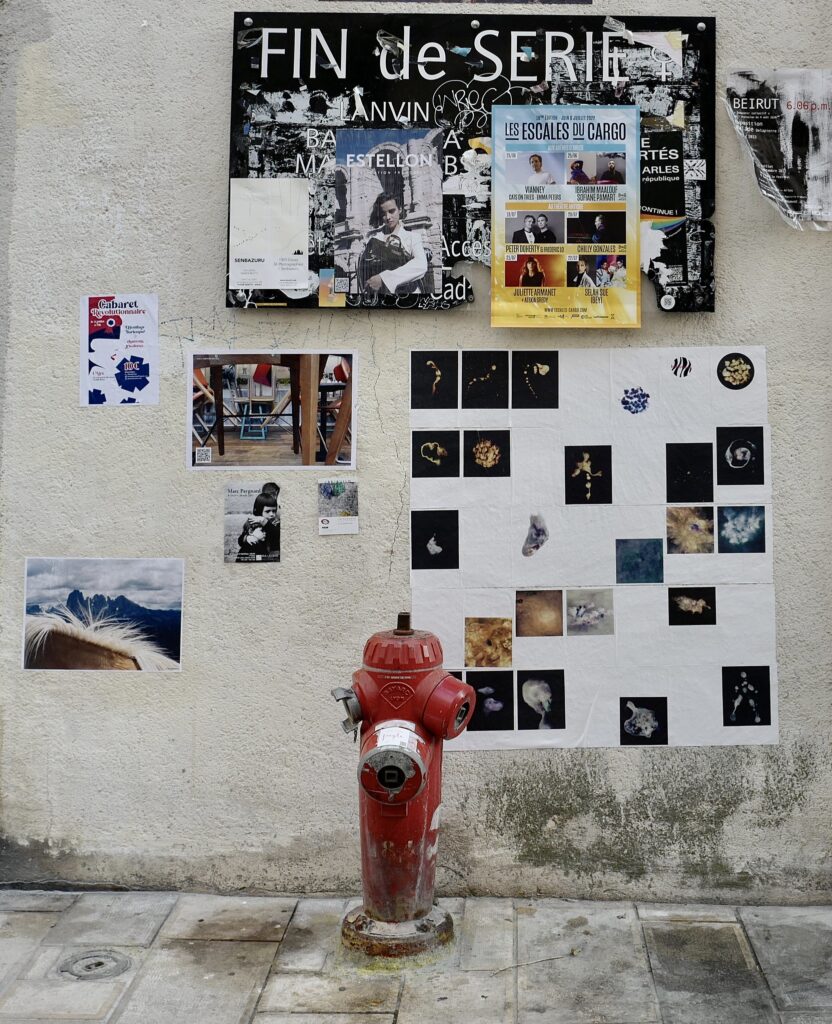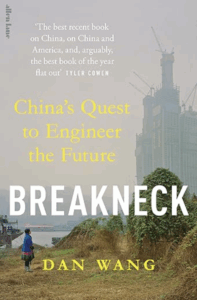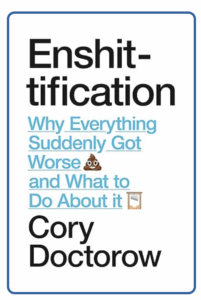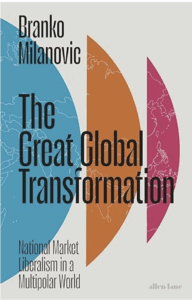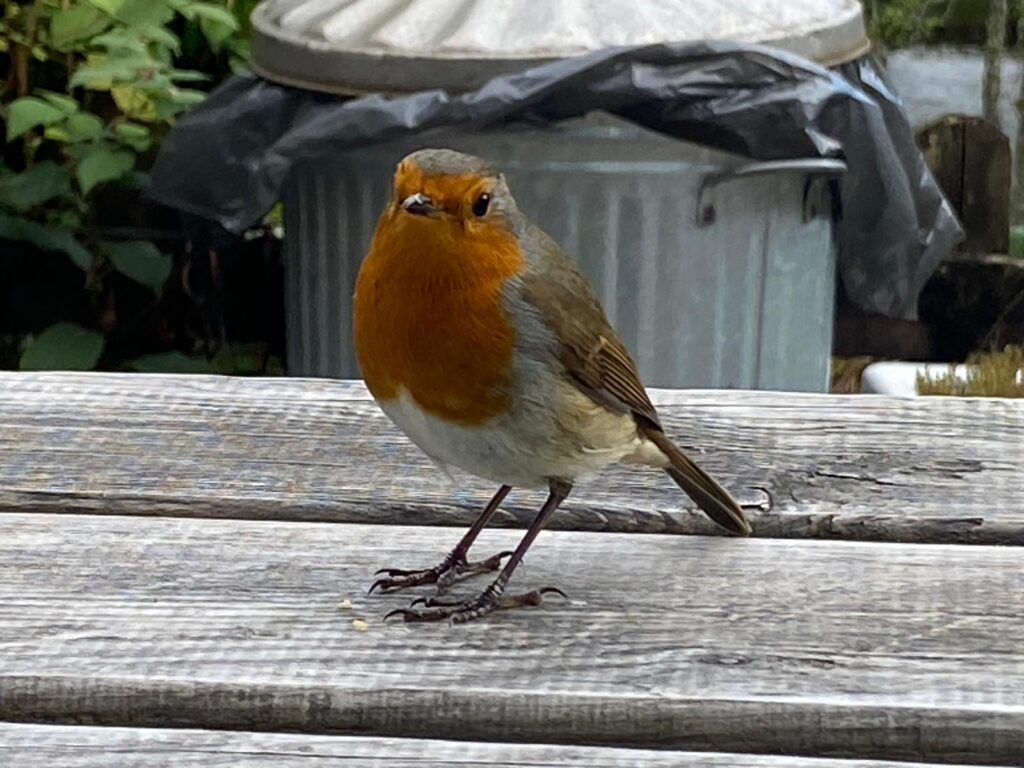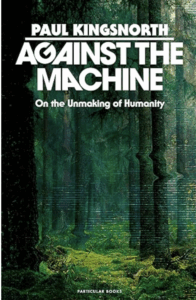Anyone for cricket?
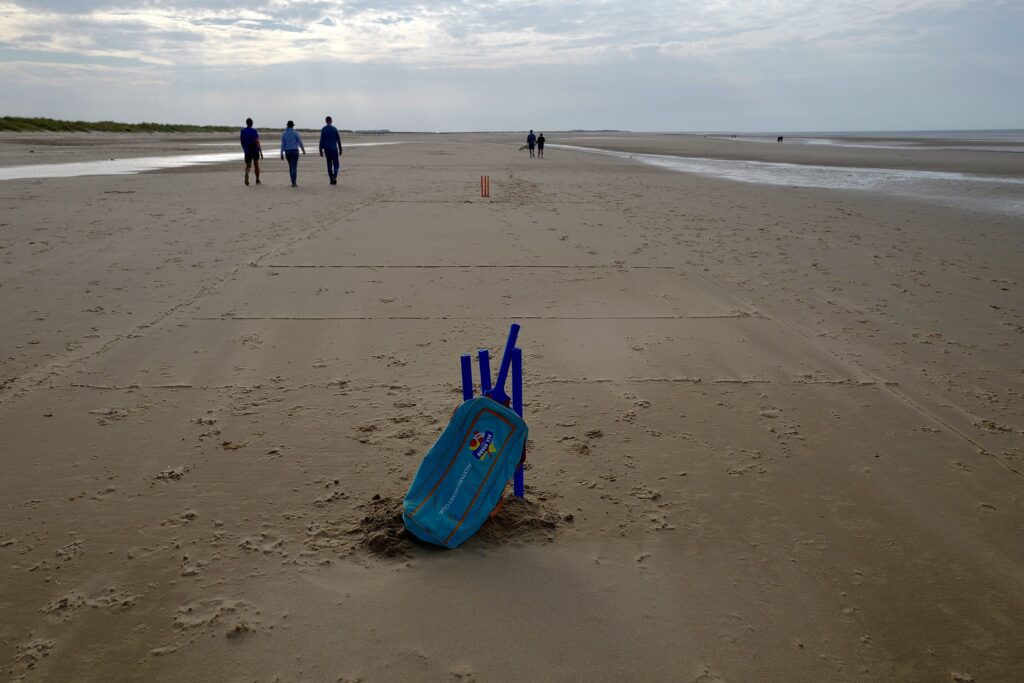
A beach in Norfolk.
Quote of the Day
“I wonder if a single thought that has helped forward the human spirit has ever been conceived or written down in an enormous room.”
- Kenneth Clark (in his Civilisation TV series)
Musical alternative to the morning’s radio news
Mozart | Soave sia il vento (Let the wind be gentle) | Così fan tutte
Corinne Winters as Fiordiligi, Angela Brower as Dorabella and Johannes Martin Kränzle as Don Alfonso. To console my friend Ivan who is, I think, now on his long voyage back to Ireland from sunny Spain.
Long Read of the Day
In Search of the AI Bubble’s Economic Fundamentals
As regular readers know, I’m anticipating a crash in 2026. But then I’m not an economist. Nor do I invest in shares. So I look to more knowledgeable people for a perspective on this. One of them is Bill Janeway, who is both an economist and has been a successful venture capitalist. It was from his book, Doing Capitalism in the Innovation Economy that I first learned of the central role speculative bubbles have played in technological development. Here is his most recent take on the current moment.
The history of modern capitalism has been defined by a succession of such “productive bubbles.” From railroads to electrification to the internet, waves of financial speculation have repeatedly mobilized vast quantities of capital to fund potentially transformational technologies whose returns could not be known in advance.
In each of these cases, the companies that built the foundational infrastructure went bust. Speculative funding had enabled them to build years before trial-and-error experimentation yielded economically productive applications.
Yet no one tore up the railroad tracks, dismantled the electricity grids, or dug up the underground fiber-optic cables. The infrastructure remained, ready to support the creation of the imagined “new economy,” albeit only after a painful delay and largely with new players at the helm. The experimentation needed to discover the “killer applications” enabled by these “General Purpose Technologies” takes time. Those seeking instant gratification from LLMs are likely to be disappointed.
The big questions, then are: Where does the AI bubble fit on this spectrum? And how long will it take for AI to have a real impact on productivity? It’s oddly reassuring to know that even Bill doesn’t know the answers.
My commonplace booklet
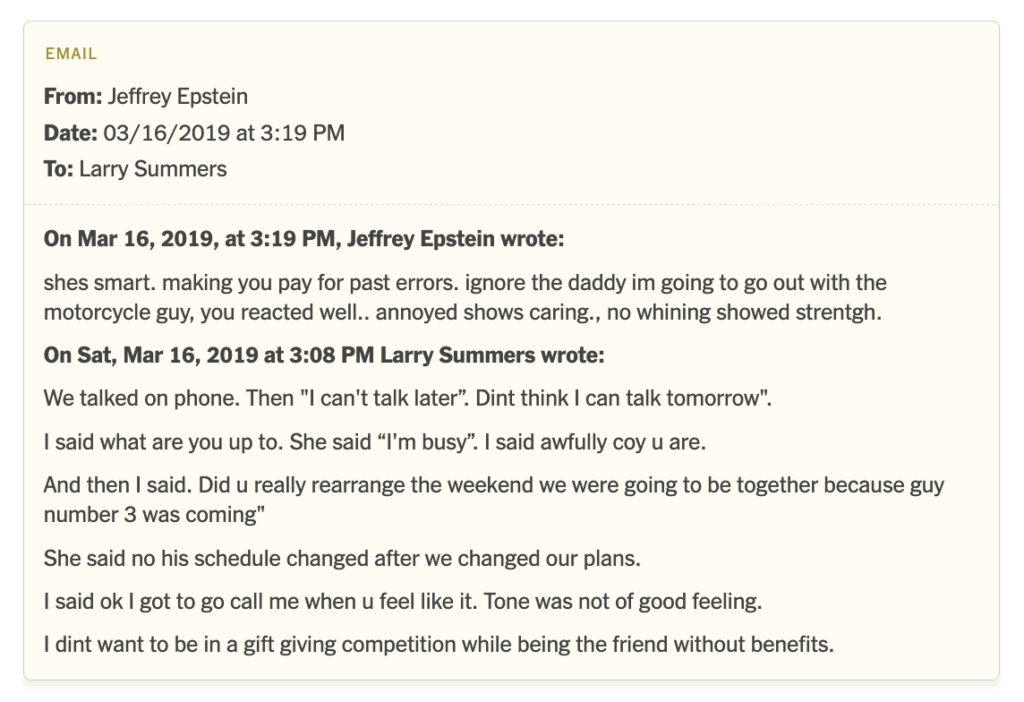
Ponder this email exchange. It comes from a paywalled article in the New York Times concerning the trove of documents about about Epstein’s activities that the US House of Representatives Oversight Committee has recently released.
As Matt Stoller observes in “The Blast Radius of Jeff Epstein”:
The single most important neoliberal thinker of the last forty years – economist Larry Summers – had an extensive and deep political and personal relationship with Epstein. He was reportedly on Jeff Epstein’s plane, nicknamed the “Lolita Express,” when young girls were present, and he often discussed his personal and political problems with Epstein.
It’s worth pondering. Summers was President of Harvard, and is still a professor there. He was also Treasury Secretary. In other words, he looked like a Serious Figure — as indeed he was portrayed in the film The Social Network. And here he is discussing with Epstein how to manage a floozy with whom he was preoccupied.
But then, the Epstein trove reveals that he wasn’t the only ostensible grown-up within the Epstein circle. Stoller again:
Bill Gates was a confidante of Epstein, so was Google co-founder Sergei Brin, Microsoft board member and “Abundance” backer Reid Hoffman, and private equity titan Leon Black. So were Bill Clinton and Donald Trump, and Ehud Barak. In other words, Summers and a bunch of powerful political elites are enmeshed in a scandal involving a network of, well, there’s no nice way to put it, globalist pedophile billionaires.
But it isn’t merely a tabloid story. It is also an important illustration of how our economic order functions.
It is. It’s no surprise that Trump was involved with Epstein. But here was a whole bunch of high-status, swaggering males with a sense of entitlement and impunity. And a complete absence of moral responsibility.
It shows that great wealth and political power are the most powerful aphrodisiacs of all.
This Blog is also available as an email three days a week. If you think that might suit you better, why not subscribe? One email on Mondays, Wednesdays and Fridays delivered to your inbox at 5am UK time. It’s free, and you can always unsubscribe if you conclude your inbox is full enough already!




